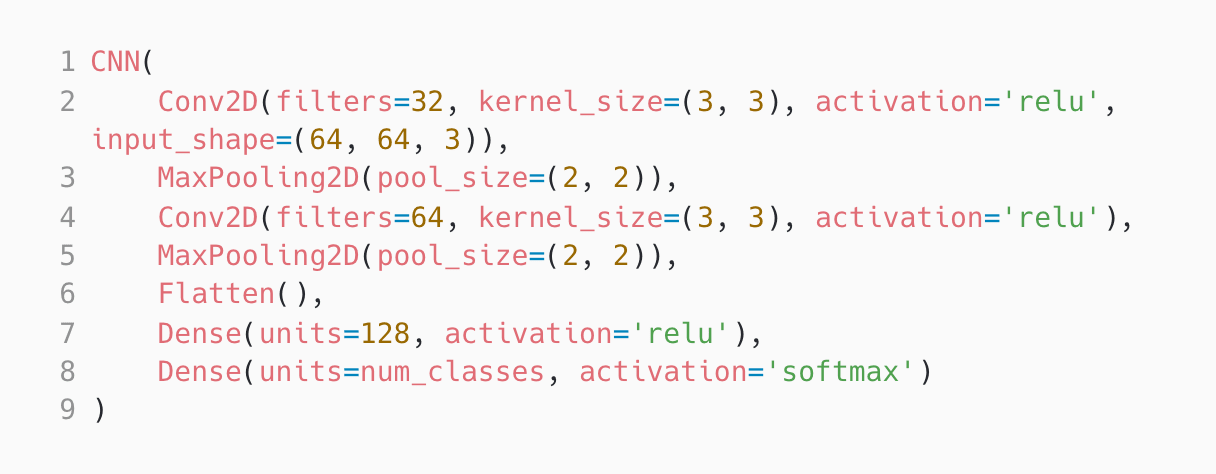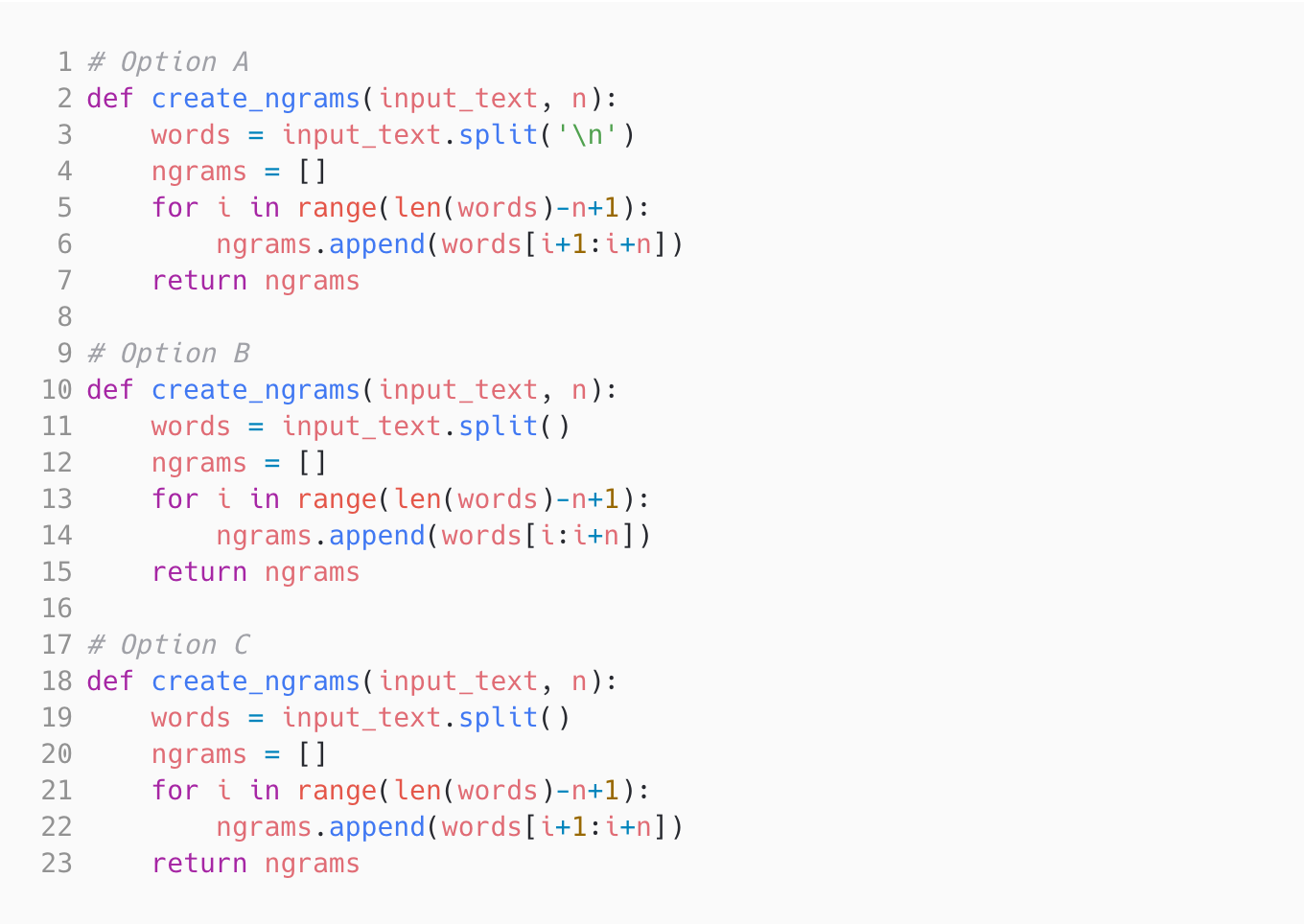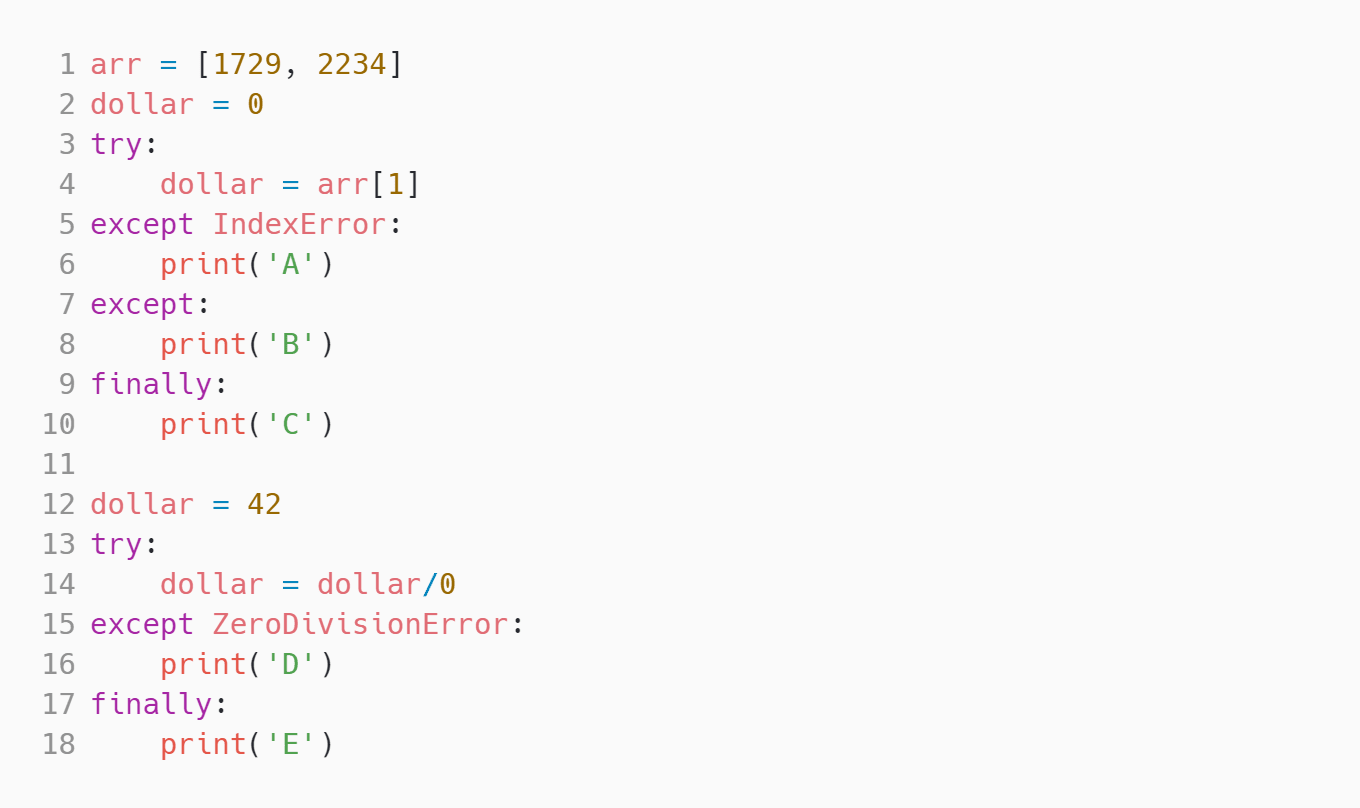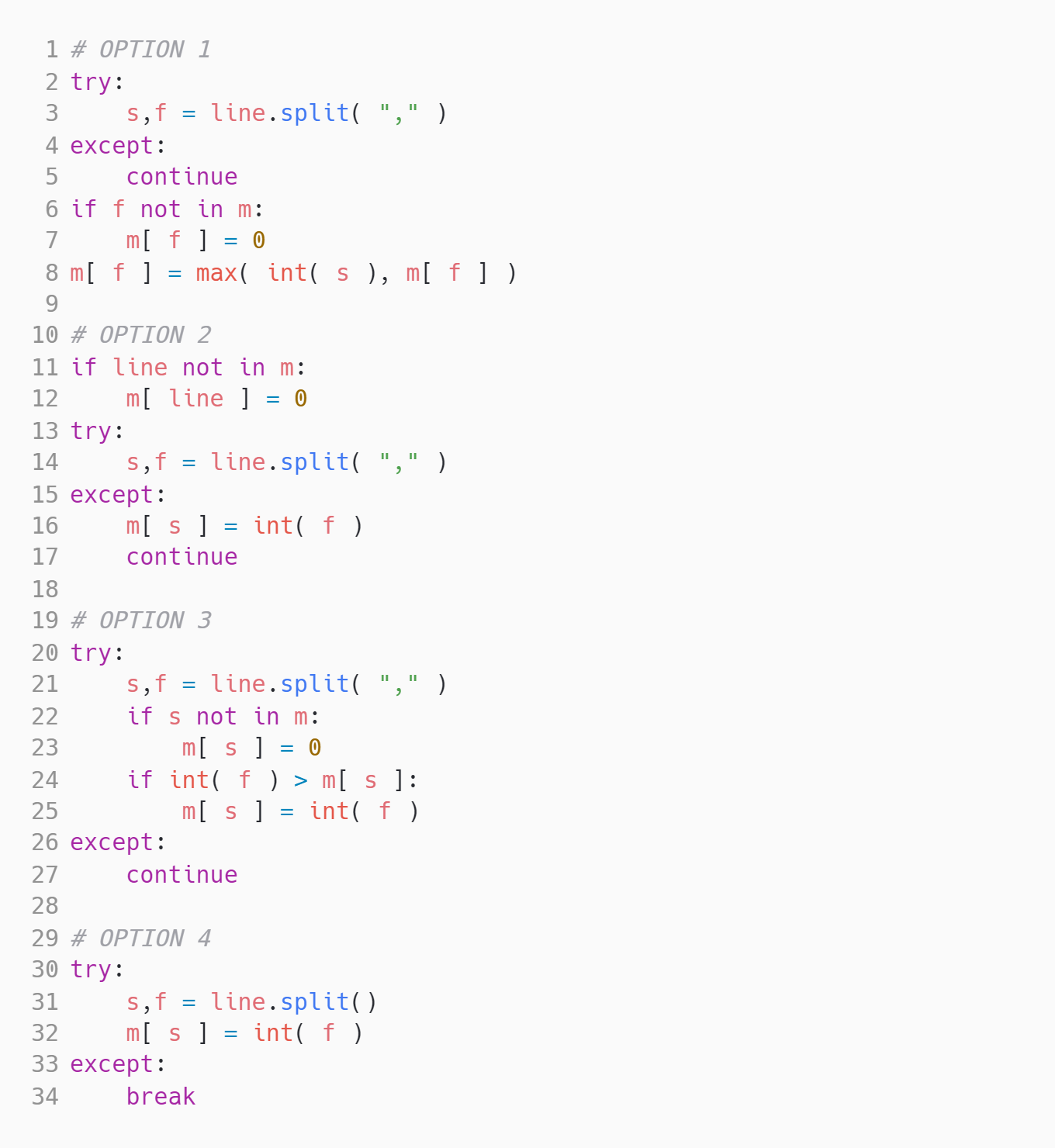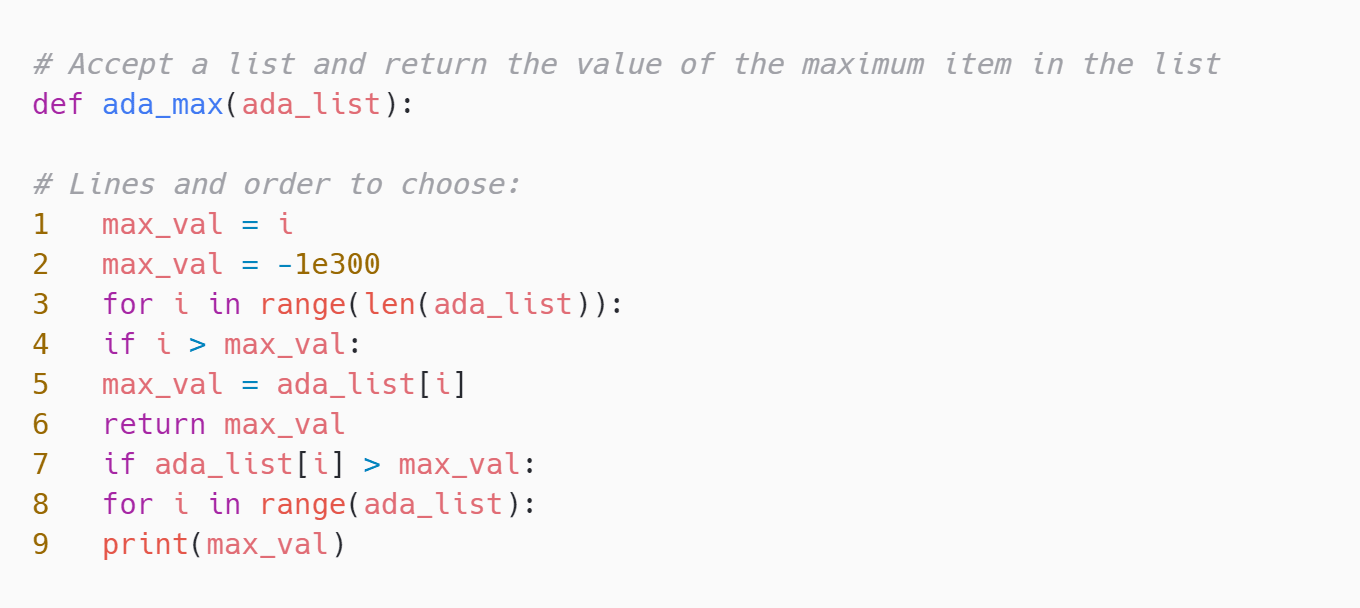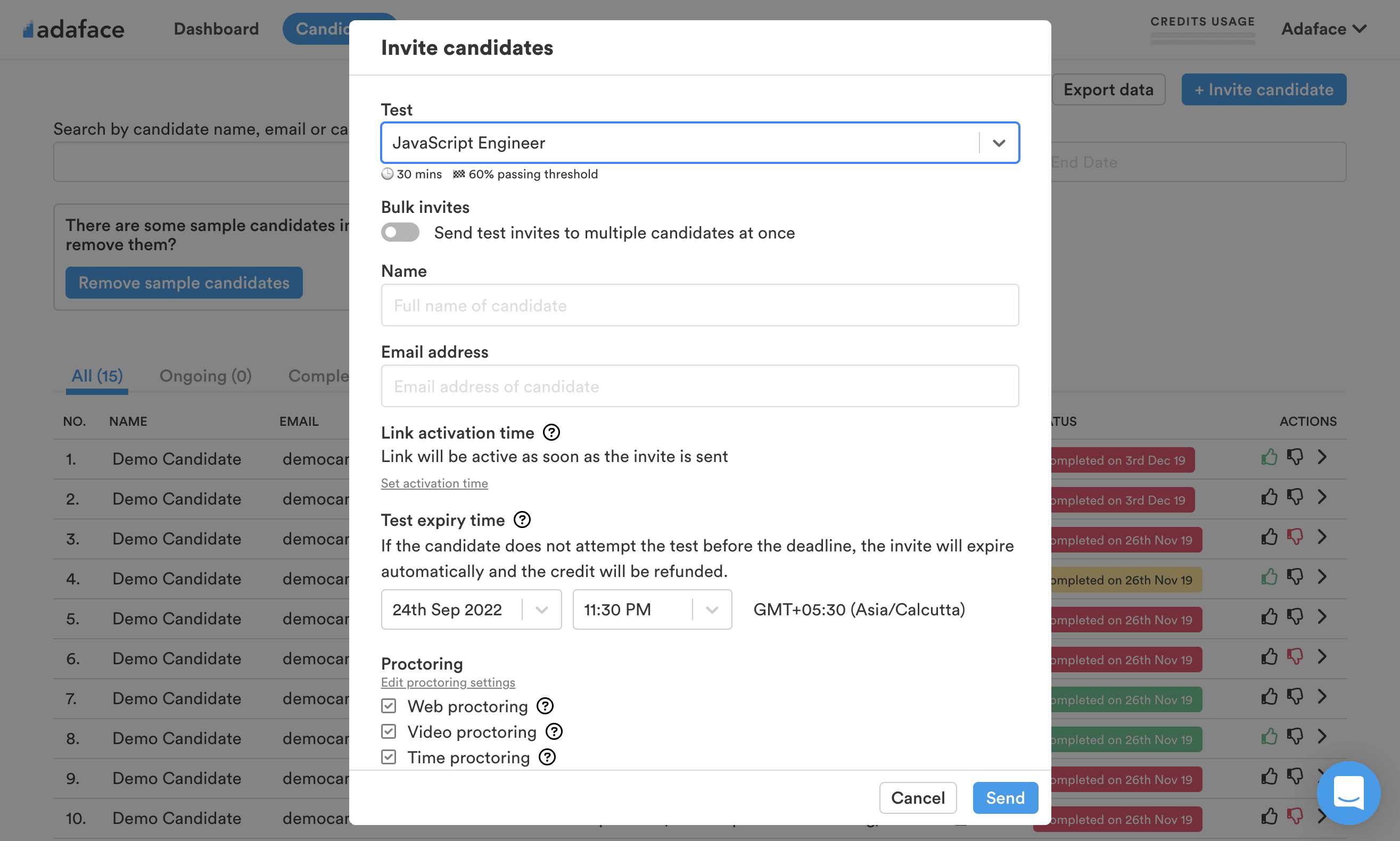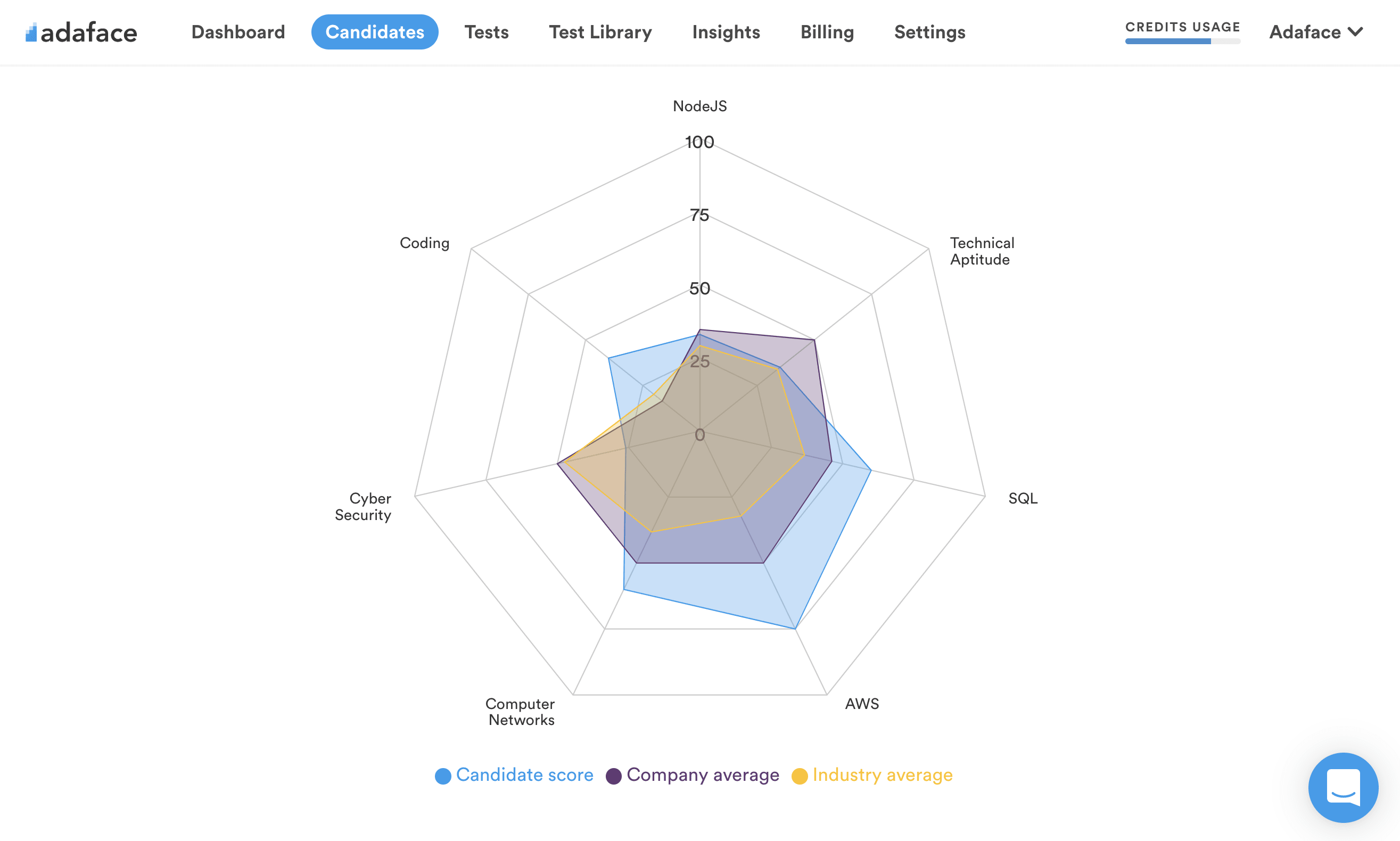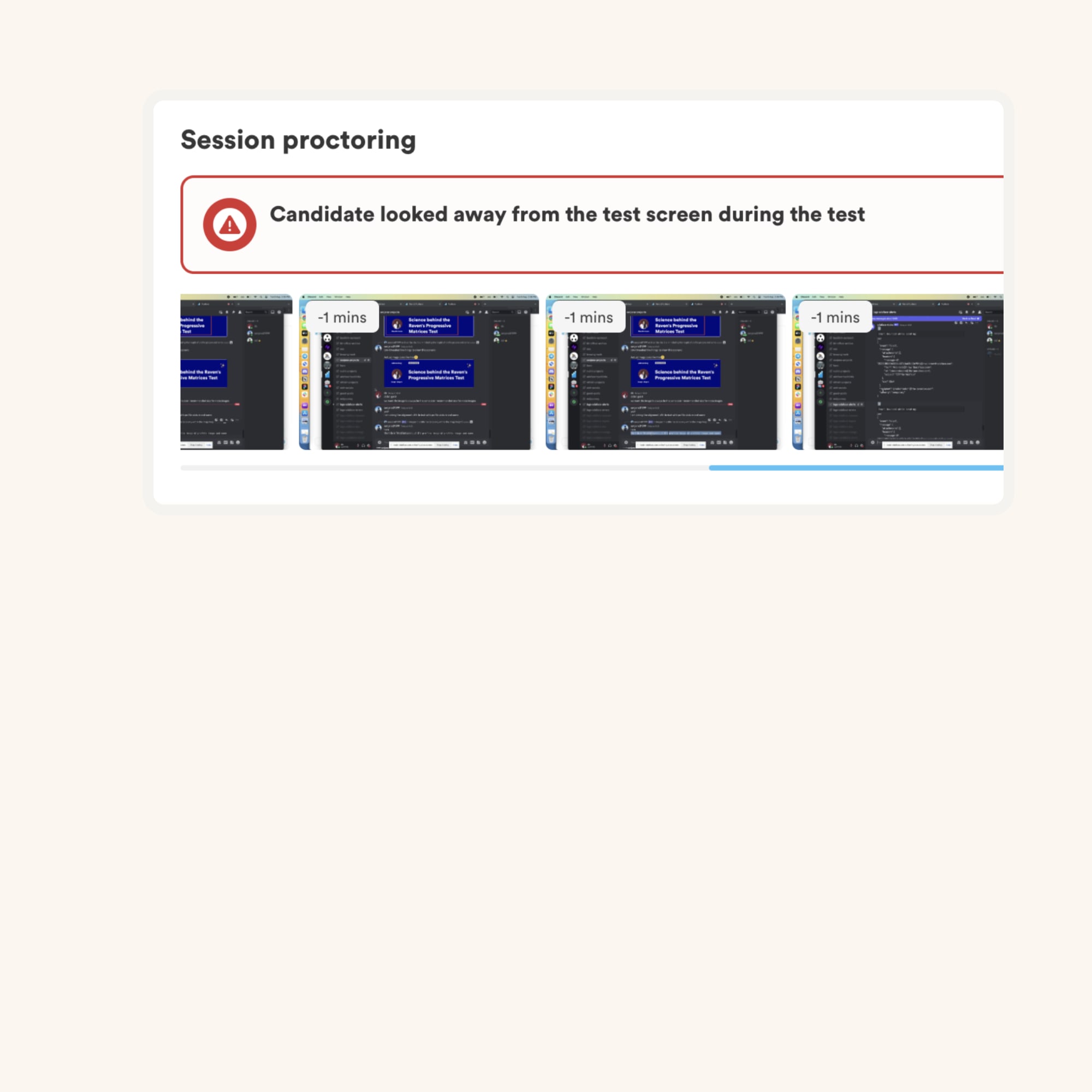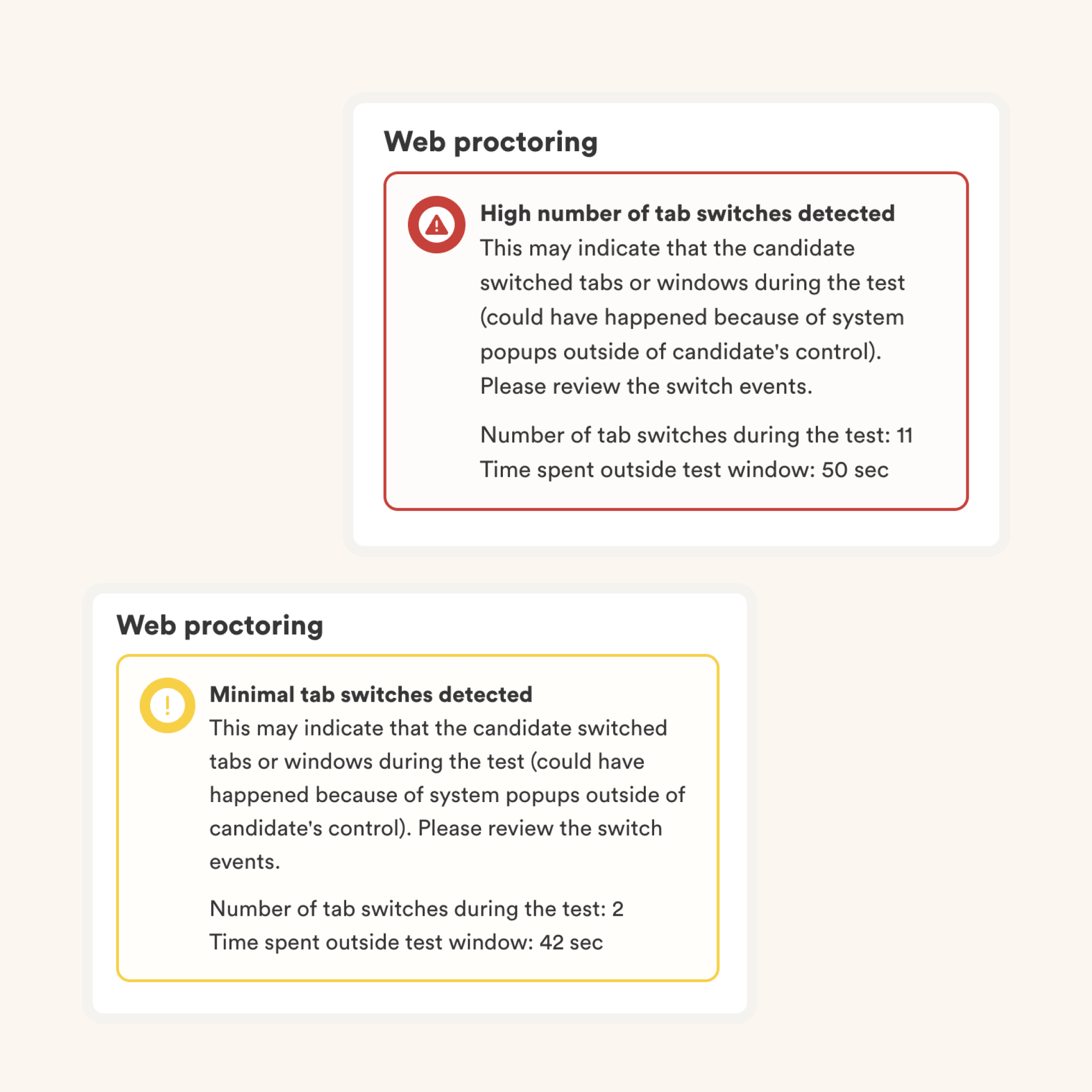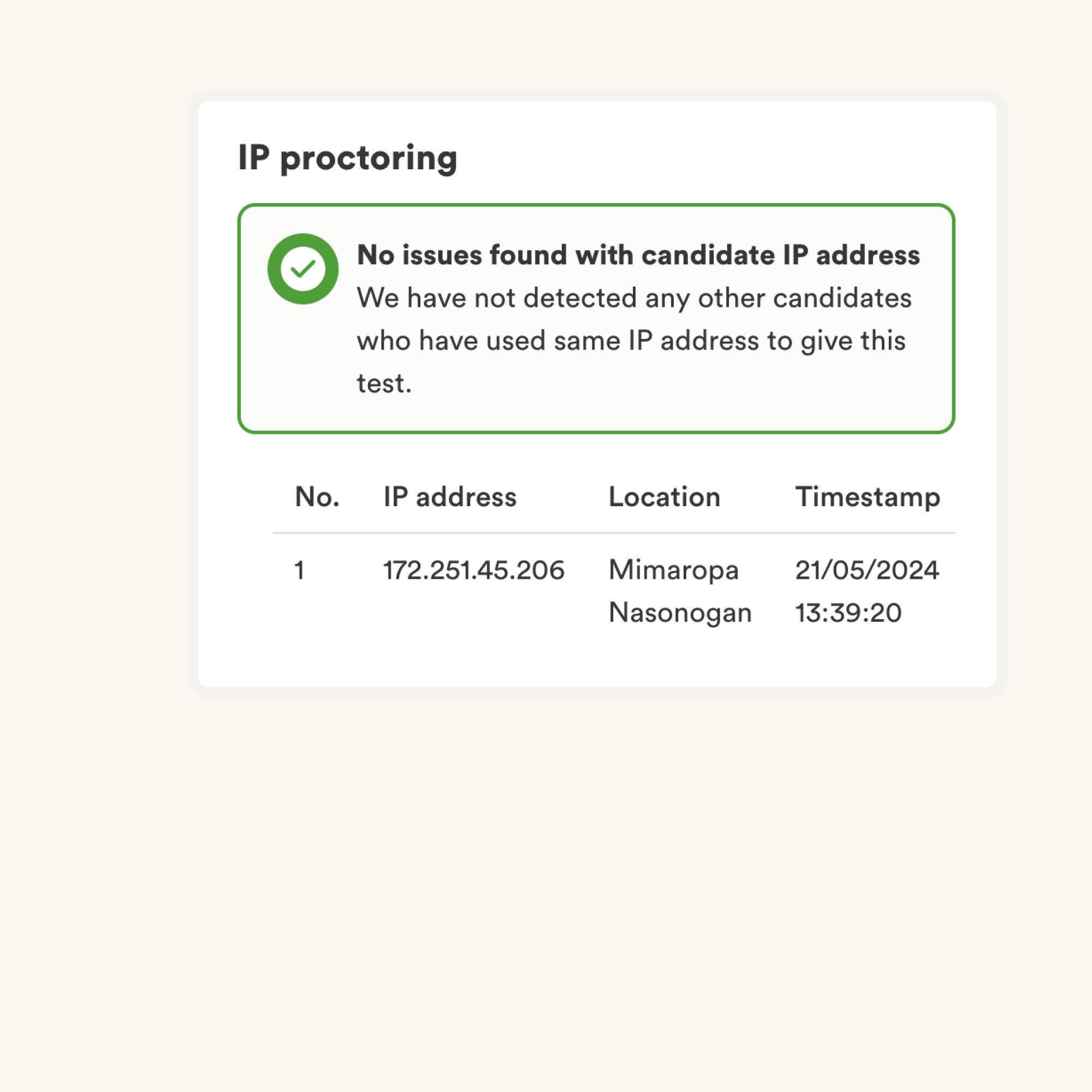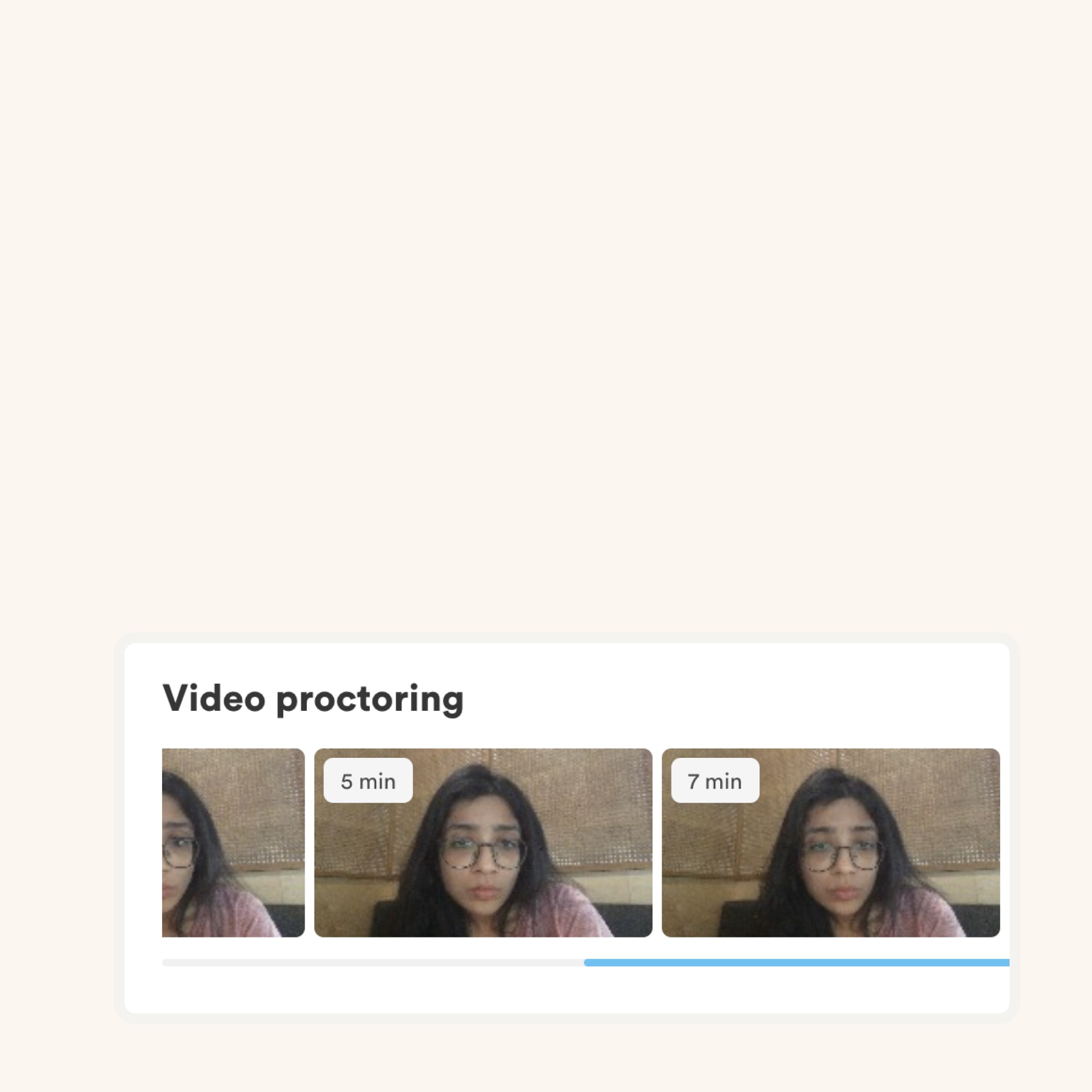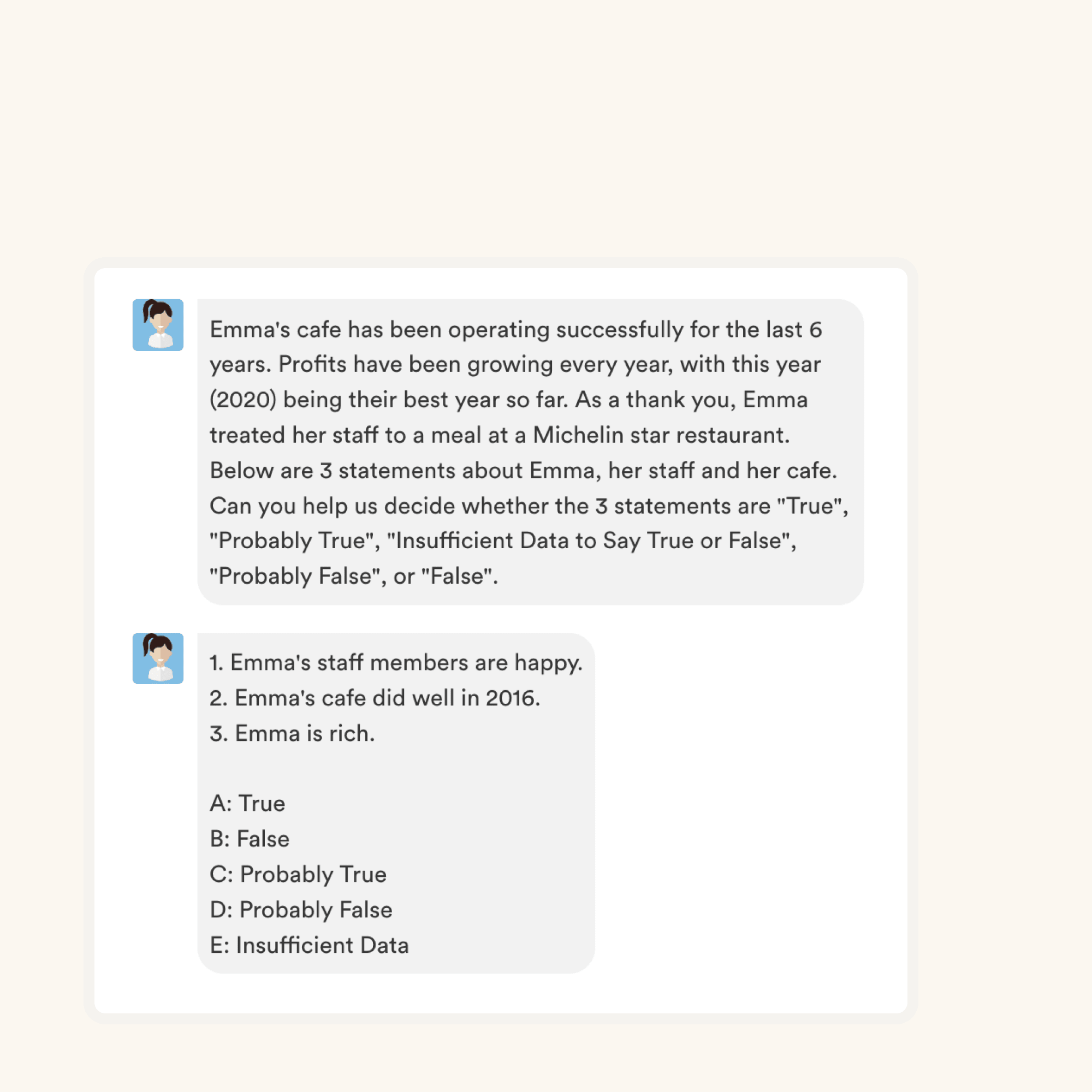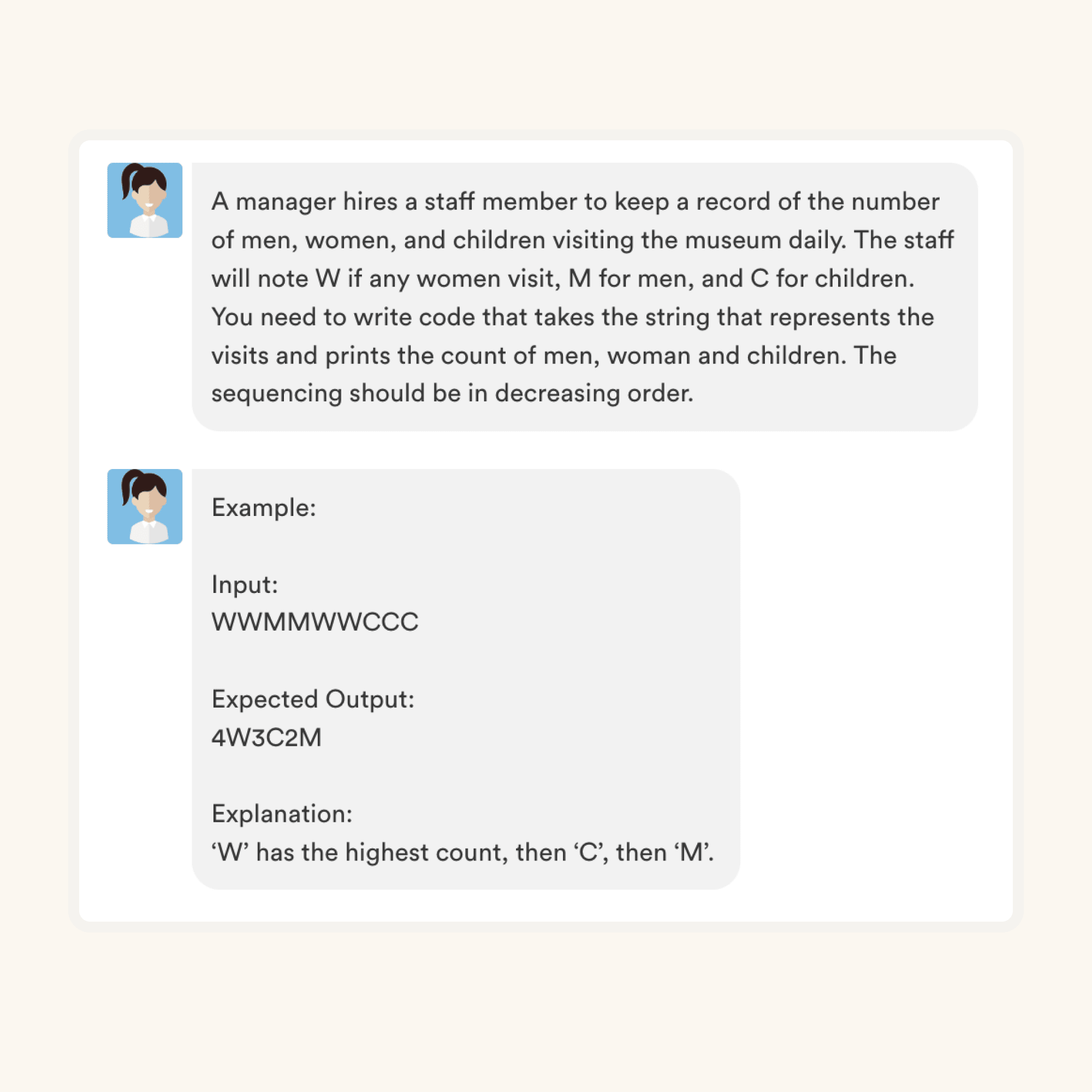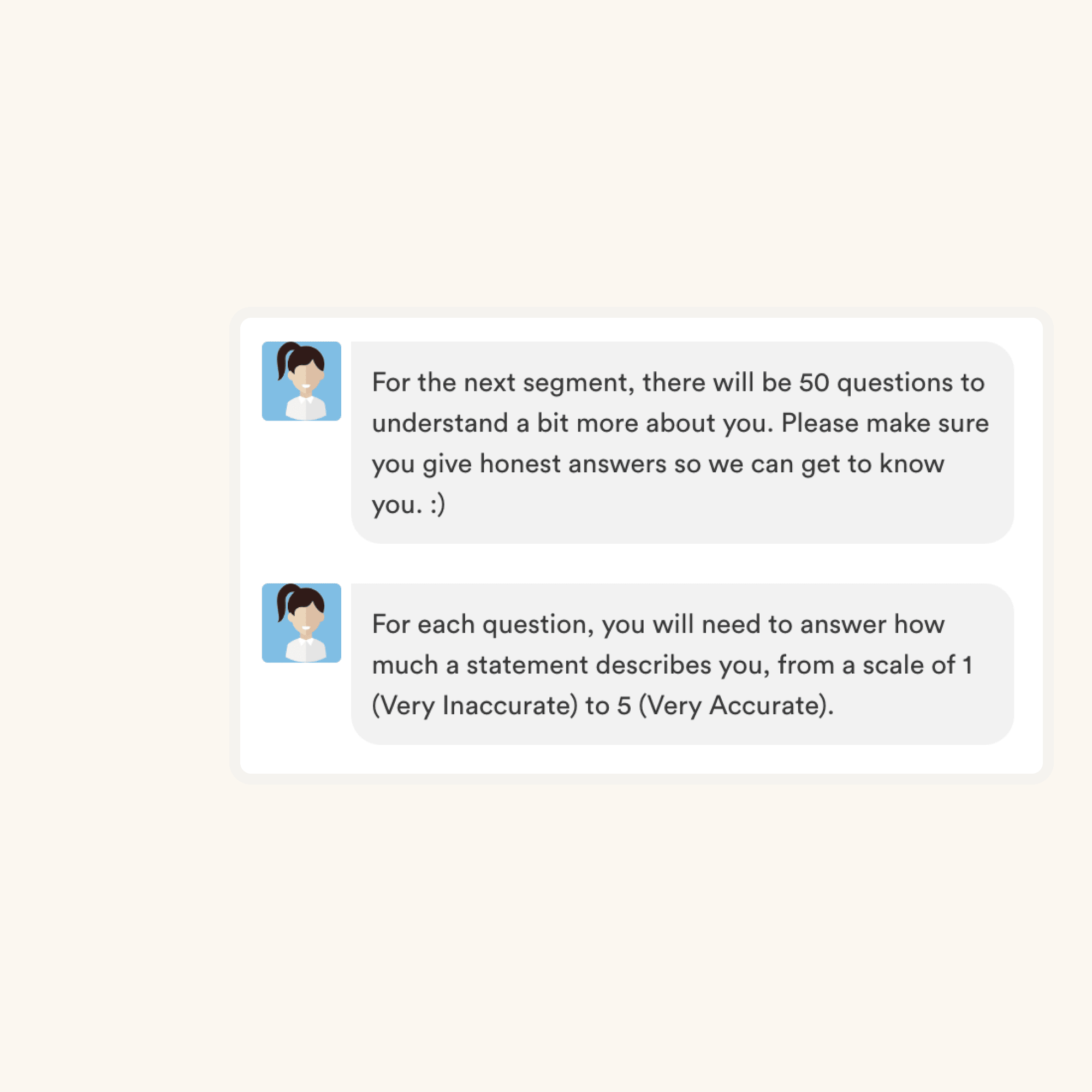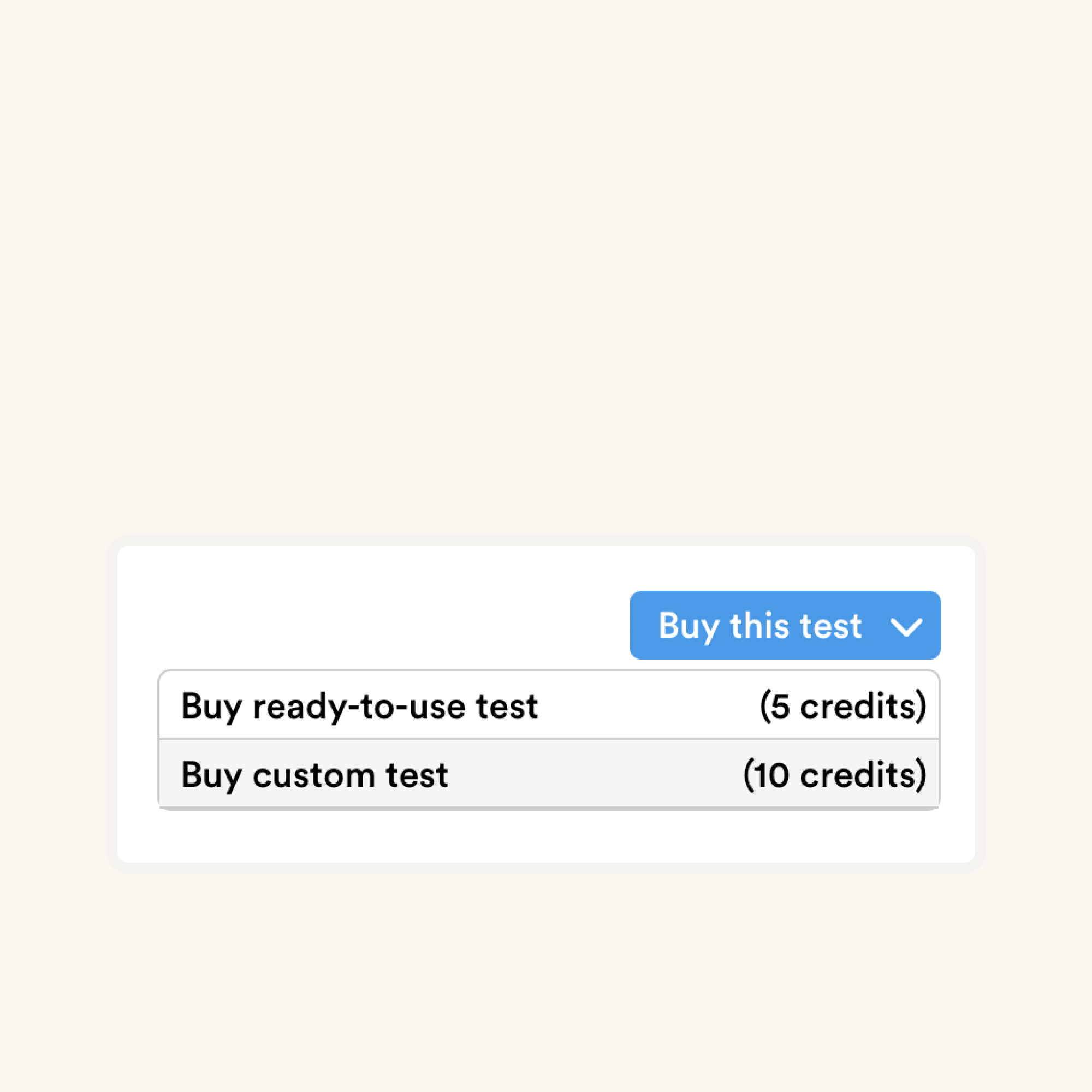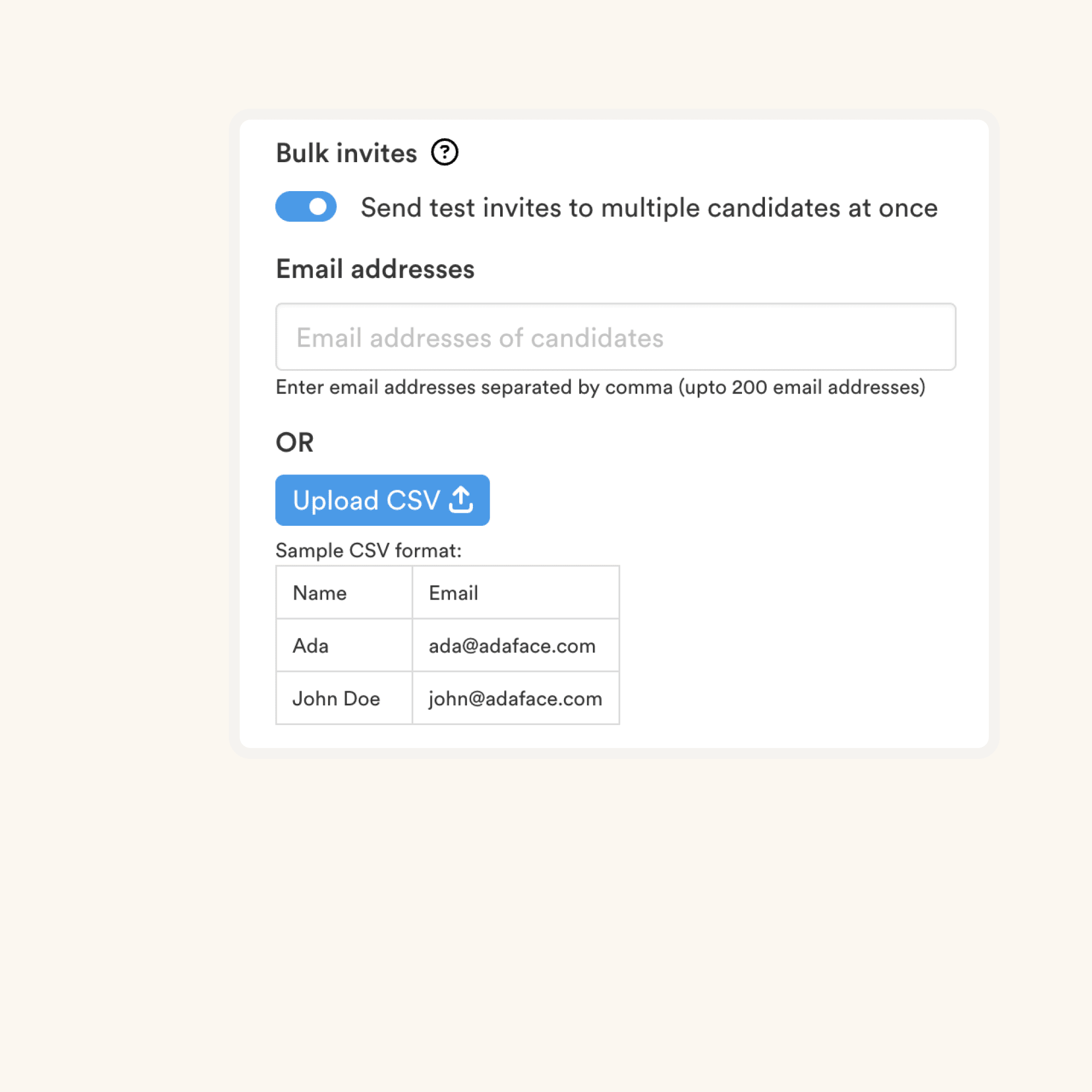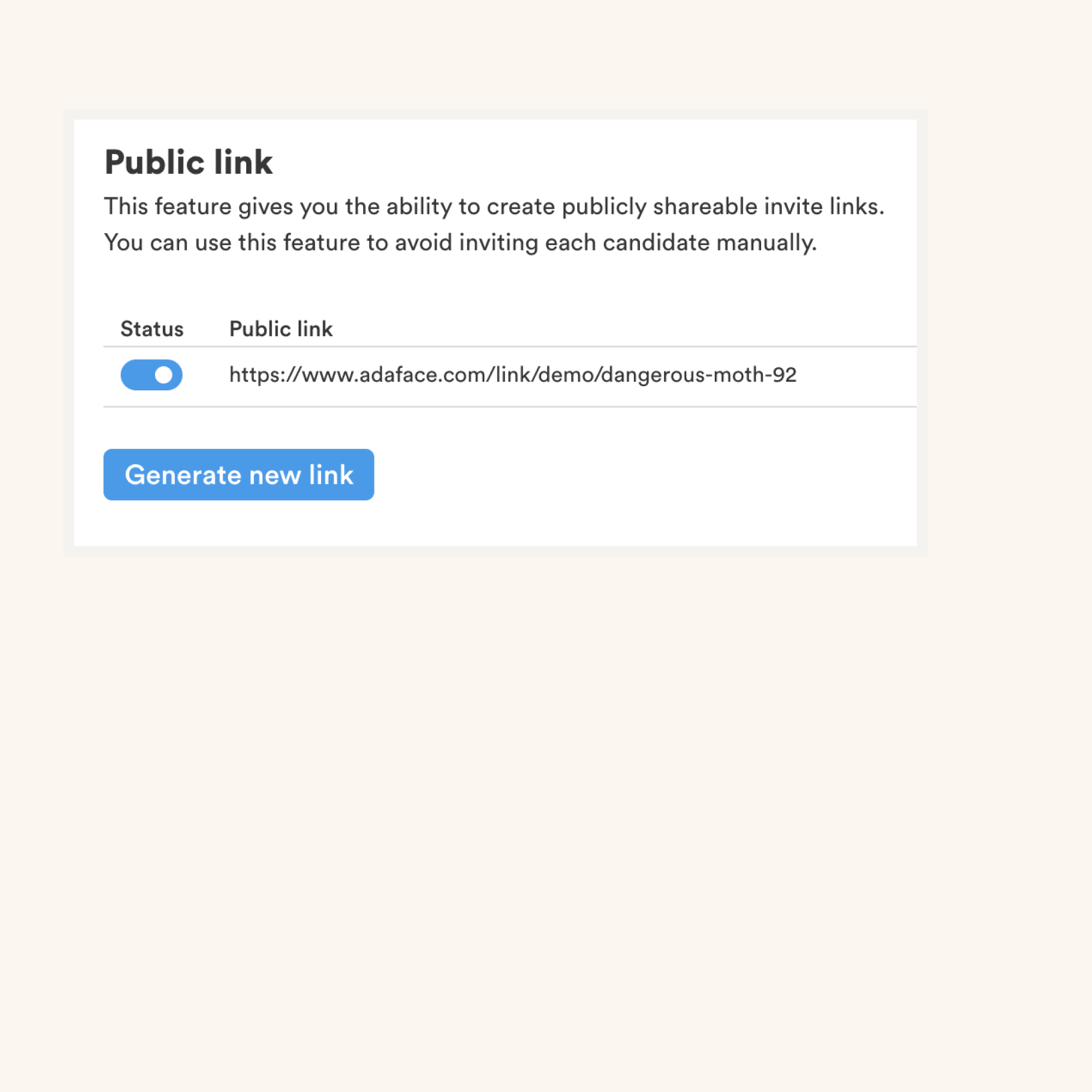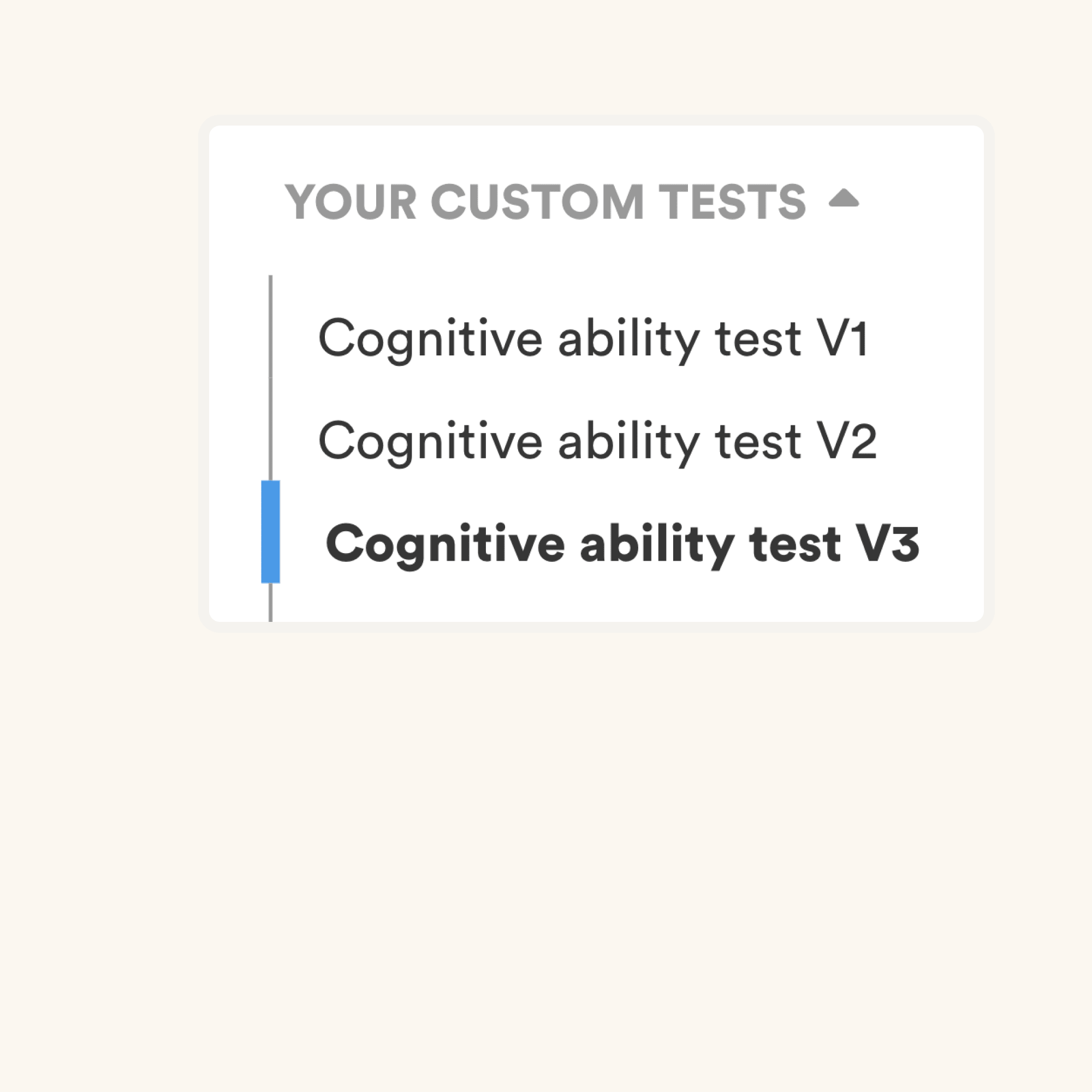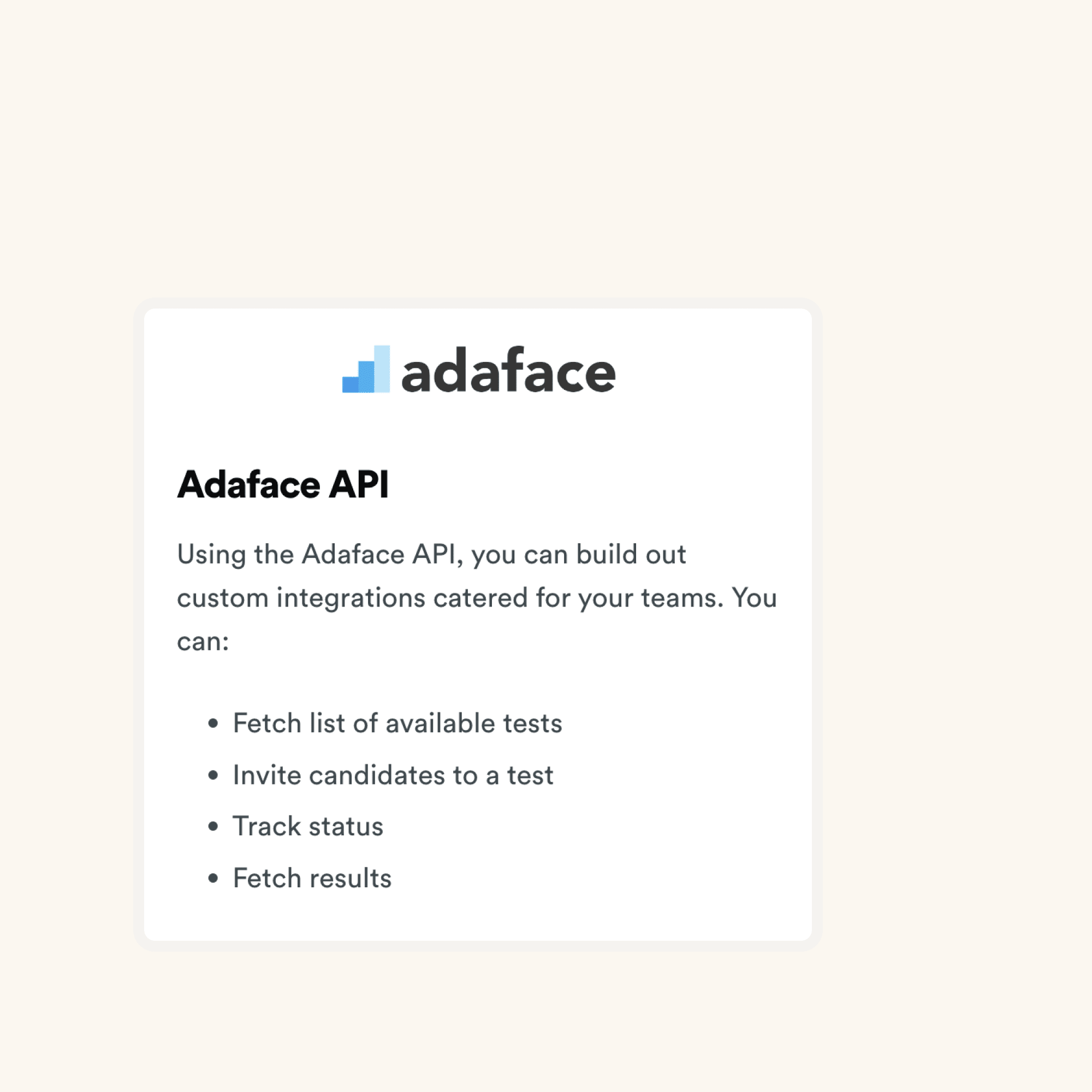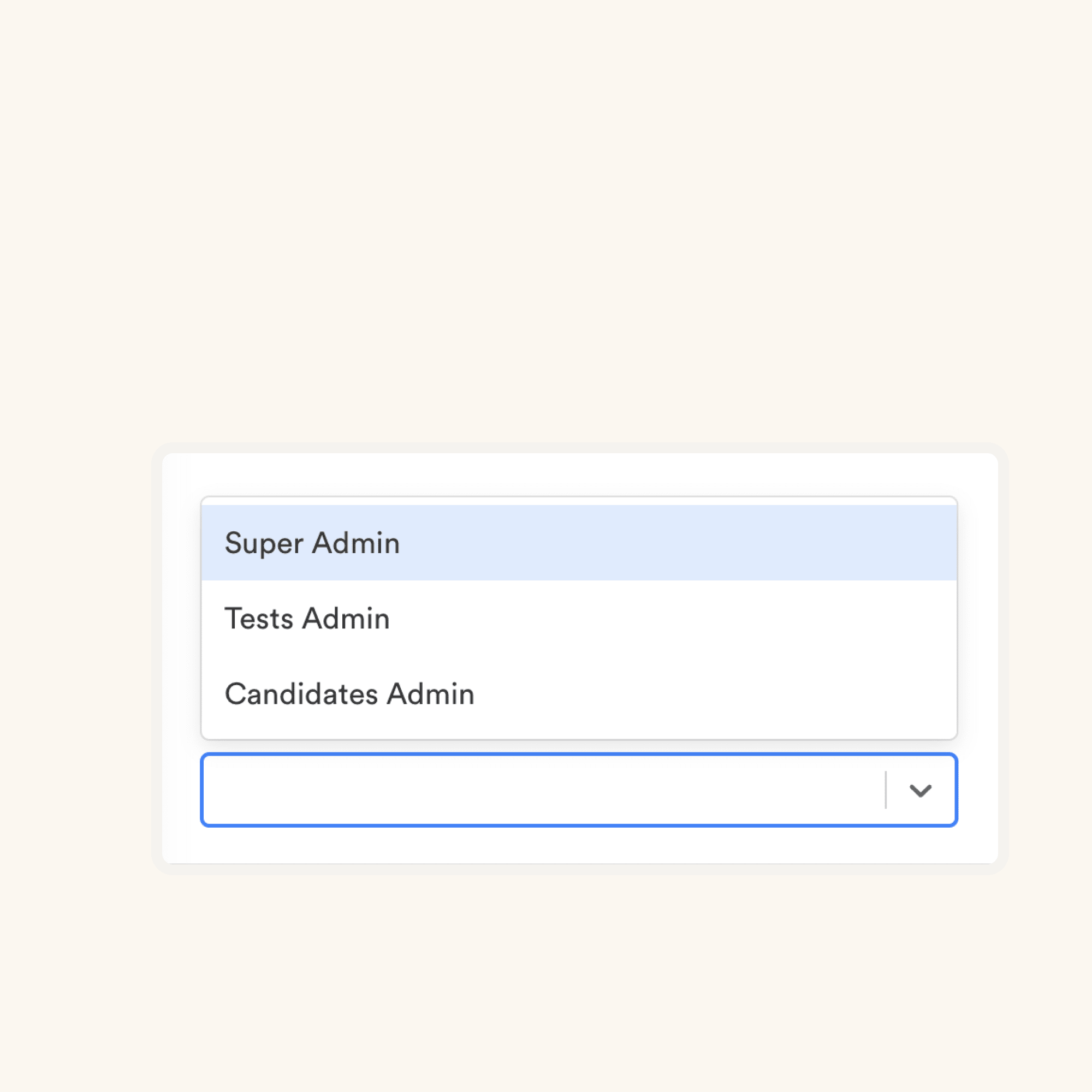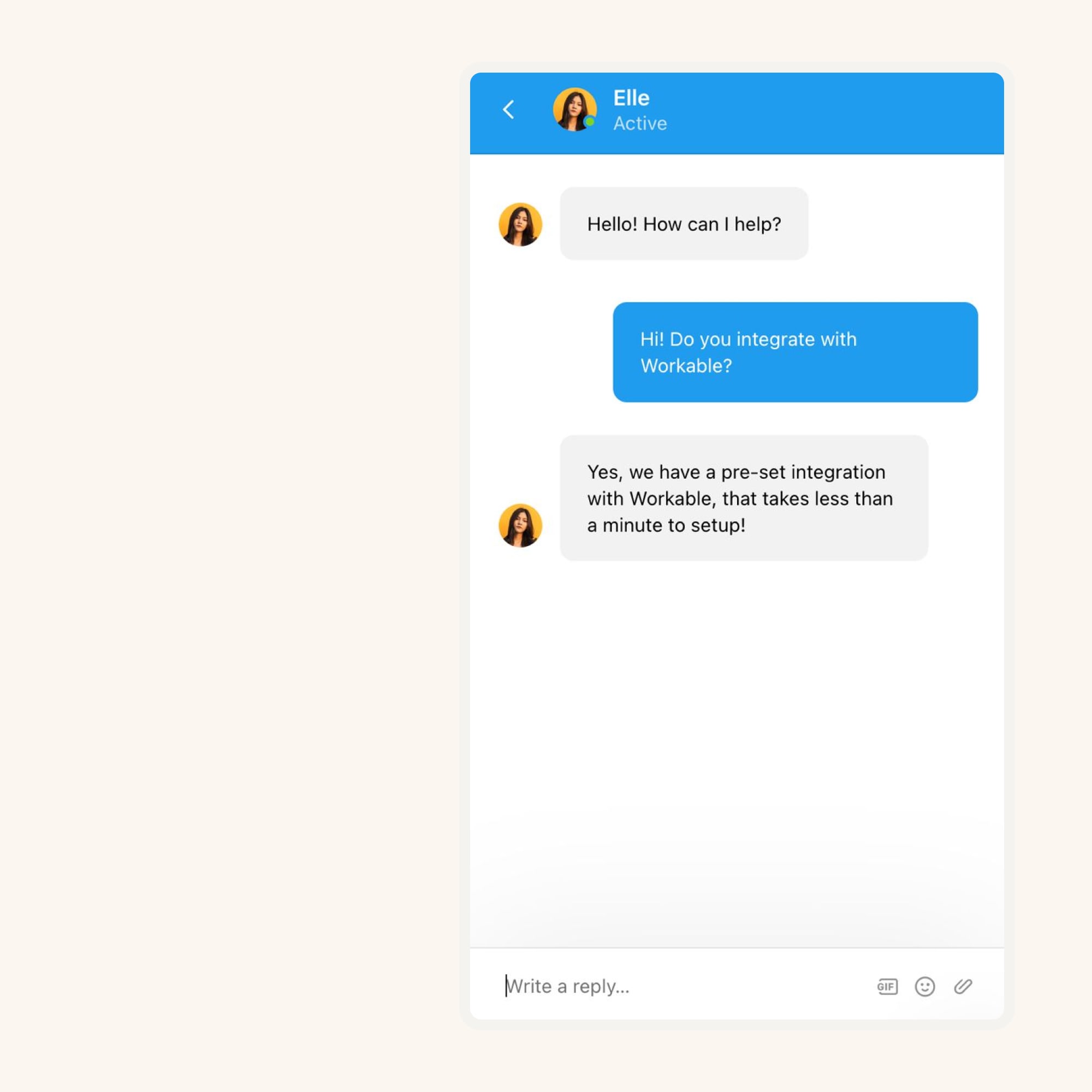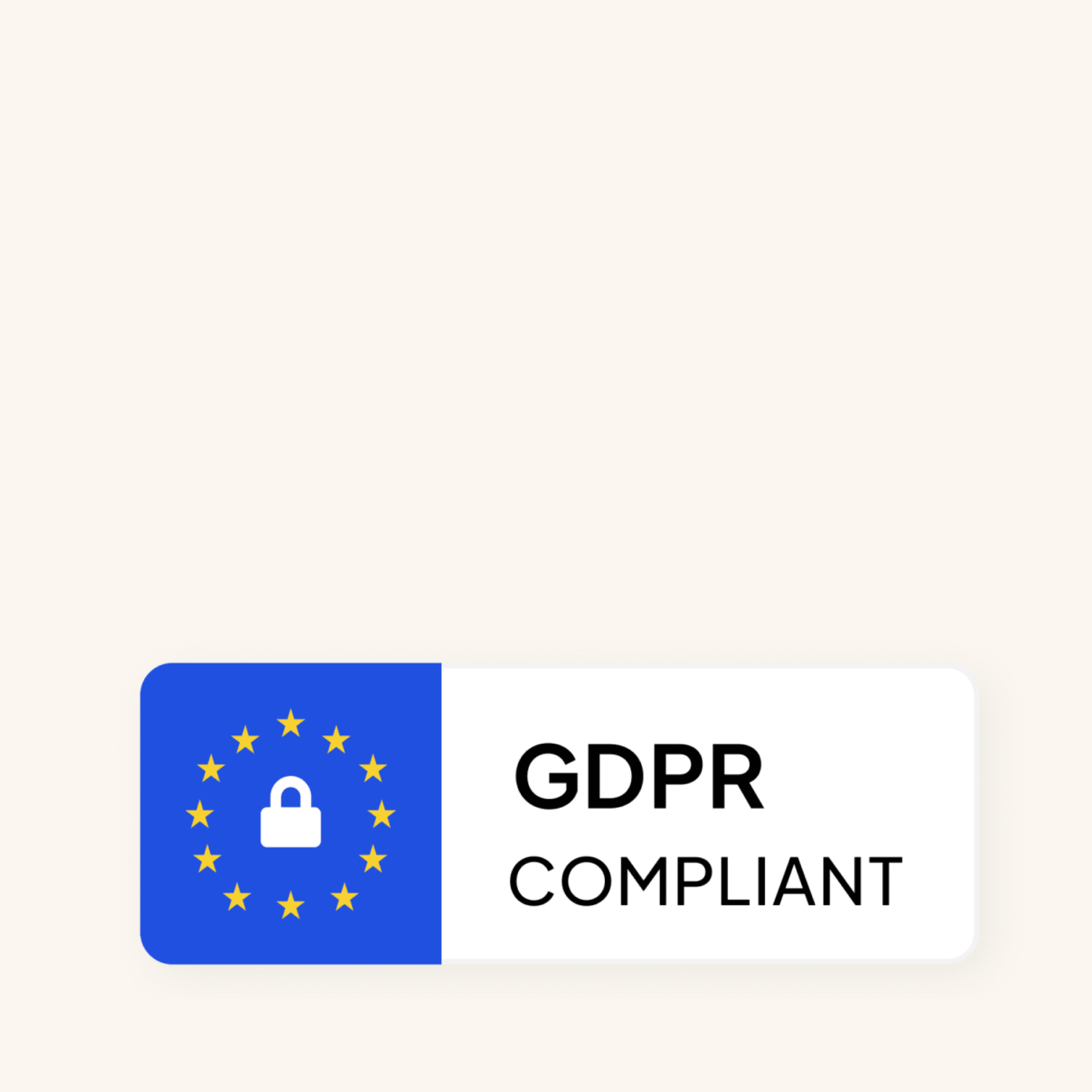Image Recognition: Image recognition is the ability of a computer system to identify and classify objects or patterns in digital images. This skill is measured in the test to assess a candidate's understanding of the fundamental concepts and techniques used in image recognition, which is crucial for various tasks such as object identification, image search, and content analysis.
Object Detection: Object detection is a computer vision task that involves finding and localizing objects in images or videos. This skill is measured in the test to evaluate a candidate's knowledge of algorithms and methods used for detecting and locating objects, which is essential in applications like surveillance, autonomous vehicles, and image-based search systems.
Image Segmentation: Image segmentation is the process of partitioning an image into multiple regions or segments, with the goal of simplifying or analyzing the image's representation. Measuring this skill in the test allows recruiters to assess a candidate's ability to use techniques and algorithms for image segmentation, which plays a crucial role in applications like medical image analysis, object recognition, and image editing.
Feature Extraction: Feature extraction involves deriving meaningful information or features from raw data, such as images, to facilitate subsequent analysis or classification. This skill is measured in the test to evaluate a candidate's understanding of feature extraction techniques used in computer vision, which are crucial for tasks like object recognition, image matching, and pattern analysis.
Convolutional Neural Networks: Convolutional Neural Networks (CNNs) are deep learning models specifically designed for processing visual data, such as images. This skill is measured in the test to assess a candidate's knowledge of CNN architectures, as well as their ability to train and apply CNNs for tasks like image classification, object detection, and image segmentation.
Neural Networks: Neural networks are computational models inspired by the structure and function of the human brain, used for pattern recognition and machine learning tasks. Measuring this skill in the test allows recruiters to evaluate a candidate's understanding of neural network concepts and their ability to apply neural networks for solving computer vision problems.
Image Classification: Image classification is the task of assigning a label or category to an image based on its content. This skill is measured in the test to assess a candidate's knowledge of classification algorithms and techniques applied to images, which are essential for various applications like image search, content filtering, and automated image tagging.
Deep Learning: Deep learning is a subfield of machine learning that focuses on building and training artificial neural networks with multiple layers. Measuring this skill in the test allows recruiters to evaluate a candidate's understanding of deep learning principles and their ability to apply deep learning models to tasks like image recognition, object detection, and image generation.
Machine Learning: Machine learning is a branch of artificial intelligence that focuses on developing algorithms and models capable of learning from and making predictions or decisions based on data. This skill is measured in the test to assess a candidate's understanding of machine learning concepts and their ability to apply machine learning techniques to computer vision problems.
Python: Python is a popular programming language widely used in the field of computer vision and machine learning. Measuring this skill in the test allows recruiters to evaluate a candidate's proficiency in Python programming, as well as their ability to implement computer vision algorithms and models using Python libraries and frameworks.
CV Frameworks: CV frameworks, or computer vision frameworks, are software libraries or platforms that provide ready-to-use tools and functions for developing computer vision applications. This skill is measured in the test to assess a candidate's familiarity with popular CV frameworks like OpenCV, TensorFlow, or PyTorch, which are essential for rapid prototyping, algorithm implementation, and deployment of computer vision solutions.



















